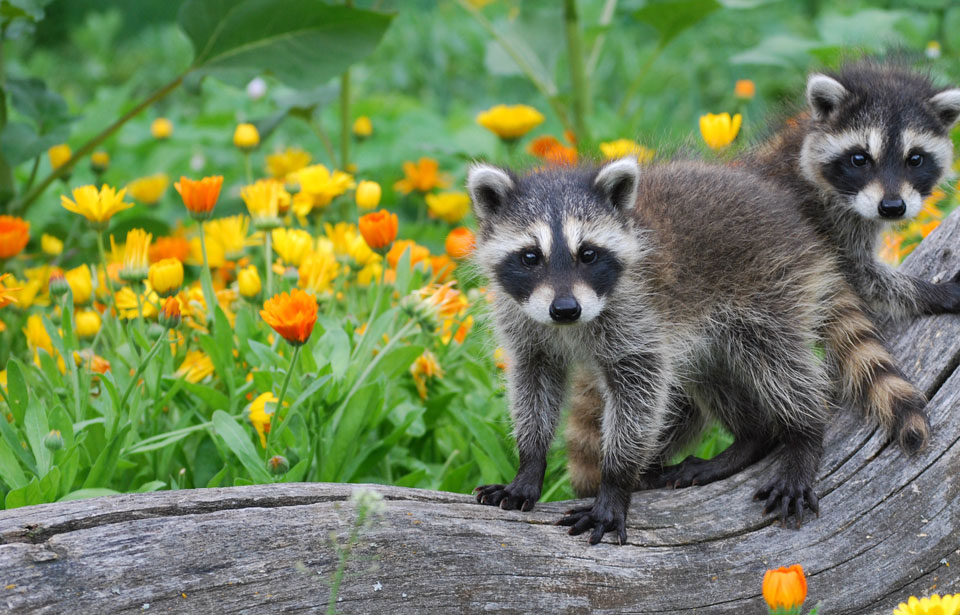Almost everyone is interested in wildlife, but most of us know very little about wild species, why many are at risk, or how we can help. You’ll provide a much-needed service by educating your community about imperilled wildlife.
Some species are in trouble simply because many people don’t like them. The timber rattlesnake is endangered in Ontario, and even the eastern garter snake has fallen in numbers. A good project idea is to design an advertising campaign explaining all the good things snakes do. For instance, they control rodents. And like all creatures, they’re part of an ecosystem that needs all its diverse parts to work in harmony.
Publicize the problem. Your group could highlight one or more local species listed by the Committee on the Status of Endangered Wildlife in Canada (COSEWIC).
- Visit the COSEWIC Web siteor contact your local wildlife agency and obtain information about these species and what can be done to help them.
- Use this data to prepare an illustrated fact-sheet on a species. Explain where it’s found, how much its population has fallen, and the reasons for its decline. List ways your community members can help the species, either directly or indirectly, by participating in a recovery program, educating others, cutting down on chemicals in and around the house, composting, conserving energy, and so on.
- Distribute copies of your fact-sheet to neighbours, family members, co-workers, community groups, and passers-by. Put copies up on public bulletin boards in your area.
- Community events are a great way to spread the word. Set up a small information booth with pictures and facts. The more people that know about a species at risk, the better. By spreading the word, you can make a big difference.
- Members of your organization could make presentations to community groups such as beavers, scouts, brownies, girl guides, or service club. Pass out copies of your fact-sheet to those present.



